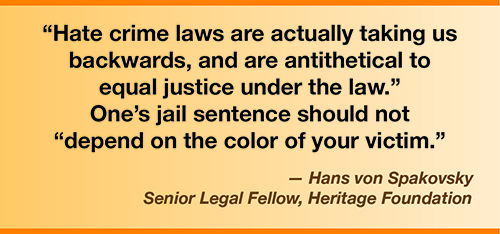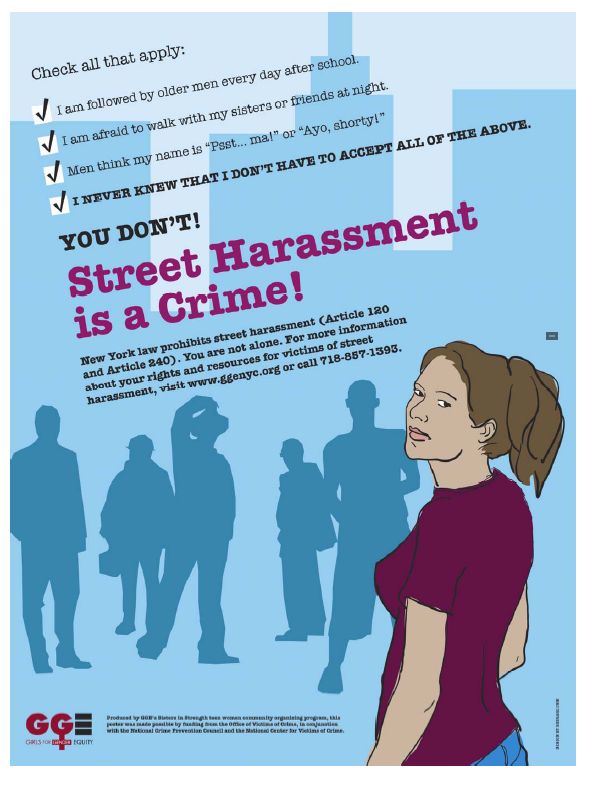Report on Violence Prevention and the Role of Sustainable Development Goals (SDGs)
Introduction
This report examines the issue of violence, particularly domestic and intimate partner violence, emphasizing the importance of Sustainable Development Goals (SDGs) such as SDG 5 (Gender Equality), SDG 3 (Good Health and Well-being), and SDG 16 (Peace, Justice, and Strong Institutions). It highlights personal experiences, expert insights, and the need for systemic changes in education and policy to prevent violence and empower survivors.
Domestic Violence and Intimate Partner Abuse
Case Study: Jordan Wulf
Jordan Wulf’s experience with domestic abuse illustrates the complexities victims face and the importance of addressing coercive control as a form of abuse. Despite early warnings about respecting oneself and leaving abusive situations, Wulf’s case shows how abuse can escalate gradually and be hidden behind apologies and shared responsibilities.
- Initial physical abuse occurred when Wulf was six months pregnant and pushed down stairs by her husband.
- Coercive control included limiting access to finances and employment, complicating her ability to leave.
- In 2022, Wulf was held hostage and subjected to severe abuse, leading to her husband’s imprisonment.
Challenges Faced by Survivors
- Financial dependence and shared assets can trap victims in abusive relationships.
- Coercive control tactics are often invisible but devastating.
- Survivors may face additional burdens such as debt or eviction records.
SDG Relevance
- SDG 5 (Gender Equality): Empowering women through education and financial independence is critical to preventing abuse.
- SDG 3 (Good Health and Well-being): Addressing physical and psychological harm caused by domestic violence.
- SDG 16 (Peace, Justice, and Strong Institutions): Advocating for policy reforms to protect victims and hold perpetrators accountable.
Preventive Education and Cultural Change
Rethinking Safety and Education
Experts emphasize the need to shift the focus of violence prevention from solely women’s responsibility to a broader cultural change involving men and boys.
- Current safety advice often places the burden on women to avoid violence.
- Education should include teaching boys and men healthy emotional processing and nonviolent conflict resolution.
- Respect for boundaries and consent must be integral to upbringing and societal norms.
Expert Insights
“We oftentimes socialize men and boys to respond to uncertainty or aggression with aggression, with anger, with fighting. That becomes the norm.” – Cody Howell, University of Iowa
SDG Relevance
- SDG 4 (Quality Education): Incorporating comprehensive education on gender equality, emotional intelligence, and violence prevention.
- SDG 5 (Gender Equality): Challenging harmful gender norms and promoting respect and equality.
- SDG 16 (Peace, Justice, and Strong Institutions): Building safer communities through education and social norms change.
Violence Against Men by Strangers
Case Study: Malik Sheets
Malik Sheets’ tragic death highlights the risks men face from random acts of violence, often perpetrated by strangers, and the need for broader violence prevention strategies.
- Malik was fatally shot at a graduation party in 2020, a victim of circumstances beyond his control.
- Despite efforts to teach awareness and mutual care, some violence remains unpredictable and uncontrollable.
SDG Relevance
- SDG 16 (Peace, Justice, and Strong Institutions): Addressing all forms of violence and ensuring justice and safety for all individuals.
- SDG 3 (Good Health and Well-being): Reducing mortality and injuries from violence.
Policy and Community Recommendations
Empowerment and Support for Survivors
- Enhance policies to remove financial and legal barriers for survivors leaving abusive relationships.
- Promote access to education and employment opportunities for women and survivors.
- Increase awareness and redefine definitions of abuse, including coercive control and intimate partner rape.
Changing Social Norms
- Educate boys and men on emotional literacy and nonviolent conflict resolution.
- Encourage open dialogues between parents and children about healthy relationships and boundaries.
- Shift societal attitudes to hold perpetrators accountable and support victims.
Conclusion
Addressing violence in all its forms is essential to achieving the Sustainable Development Goals. Efforts must focus on empowering individuals, reforming policies, educating communities, and transforming cultural norms to create a safer, more equitable society for all.
1. Sustainable Development Goals (SDGs) Addressed or Connected to the Issues Highlighted in the Article
- SDG 5: Gender Equality
- The article focuses extensively on intimate partner violence, domestic abuse, and gender-based violence, which are core issues under SDG 5.
- Empowerment of women through education and financial independence is emphasized.
- SDG 16: Peace, Justice and Strong Institutions
- The article discusses violence prevention, including violence by strangers and intimate partners.
- It highlights the need for justice reforms and protection from violence.
- SDG 4: Quality Education
- Education about violence prevention and emotional maturity for boys and young men is mentioned as a key strategy.
- SDG 3: Good Health and Well-being
- The article addresses physical and psychological impacts of violence and abuse on survivors.
2. Specific Targets Under Those SDGs Identified Based on the Article’s Content
- SDG 5: Gender Equality
- Target 5.2: Eliminate all forms of violence against all women and girls in public and private spheres, including trafficking and sexual and other types of exploitation.
- Target 5.5: Ensure women’s full and effective participation and equal opportunities for leadership at all levels of decision-making in political, economic, and public life (implied through empowerment and education).
- SDG 16: Peace, Justice and Strong Institutions
- Target 16.1: Significantly reduce all forms of violence and related death rates everywhere.
- Target 16.3: Promote the rule of law at the national and international levels and ensure equal access to justice for all (implied through calls for emergency divorce reforms and legal support for survivors).
- SDG 4: Quality Education
- Target 4.7: Ensure that all learners acquire knowledge and skills needed to promote sustainable development, including human rights, gender equality, and peaceful and inclusive societies.
- SDG 3: Good Health and Well-being
- Target 3.4: Promote mental health and well-being (implied through addressing emotional maturity and trauma from violence).
3. Indicators Mentioned or Implied in the Article to Measure Progress Towards the Identified Targets
- For SDG 5.2 (Eliminate violence against women and girls):
- Prevalence of intimate partner violence (IPV) in lifetime among women and men (explicitly mentioned: “One in two women and 40% of men are likely to experience violence by an intimate partner in their lifetime”).
- Number of reported cases of domestic violence and sexual violence.
- For SDG 16.1 (Reduce all forms of violence):
- Rates of homicide and violent crime, including fatal shootings (implied by the story of Malik Sheets).
- Number of days held hostage or incidents of severe domestic abuse reported.
- For SDG 4.7 (Education for sustainable development):
- Inclusion of violence prevention and emotional intelligence curricula in schools (implied by Wulf’s engagement with high school students and calls for education reform).
- Number of educational programs addressing gender-based violence and emotional maturity for boys and young men.
- For SDG 3.4 (Mental health and well-being):
- Access to mental health services for survivors of violence (implied through discussion of trauma and emotional processing).
- Prevalence of self-harm, substance abuse, or other internalized violence indicators among men and boys.
4. Table of SDGs, Targets, and Indicators
| SDGs | Targets | Indicators |
|---|---|---|
| SDG 5: Gender Equality |
|
|
| SDG 16: Peace, Justice and Strong Institutions |
|
|
| SDG 4: Quality Education |
|
|
| SDG 3: Good Health and Well-being |
|
|
Source: iowapublicradio.org







